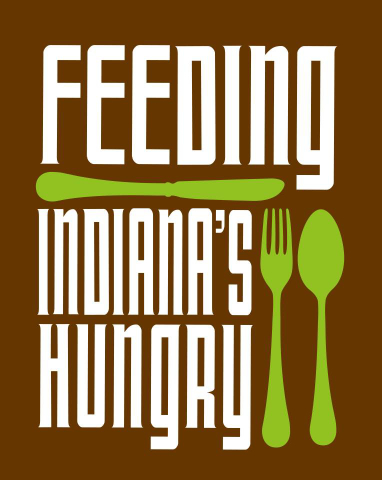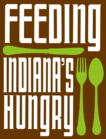As our nation’s leaders work to find a balanced agreement on deficit reduction, it is important to remember that this conversation is about more than numbers. It’s about people.
When talking about trillions of dollars, it is easy to lose perspective and see these decisions as numbers on a balance sheet. But policies being considered right now will have a lasting impact on real people here in Indiana – your neighbors, your colleagues, your children’s classmates.
To understand that point, you need only make a visit to your local food bank, church pantry, soup kitchen, or other agency that puts food on the table for struggling Hoosiers. Member food banks of Feeding Indiana’s Hungry see every day how families are scraping by. Too many people are still unemployed, and many of those who are back at work are working for reduced wages or fewer hours.
That’s why Feeding Indiana’s Hungry is deeply concerned about proposals to cut hunger-relief resources and charitable tax incentives as part of fiscal cliff and Farm Bill negotiations. Congress has considered cutting billions of dollars from SNAP (formerly food stamps), causing millions of people to see their food assistance cut or lose assistance entirely. The Emergency Food Assistance Program (TEFAP) provides millions of pounds of food that is distributed through our network of food banks. Congress has also proposed capping the tax deduction that individuals can take for donating to charities, which would make it harder for food banks to raise food and funds and could severely limit the amount of food we are able to distribute.
Food banks likely could not fill the gap if anti-hunger programs like SNAP or TEFAP were cut, and our ability to serve those in need would be greatly diminished without federal policies like the charitable giving tax deduction. While some would like to believe that hunger is a problem better solved by charity, the truth is charity can’t do it alone. Speaking from the frontlines, we are barely able to keep up with existing need. If you have any doubt that need is real, take a look at these numbers:
- Nearly 1 in 4 Hoosier children lives in a family that doesn’t always know how it will put food on the table.
- 46% of Indiana food bank client households report has chosen between paying for utilities or heating fuel and buying food.
- In Indiana, more than 80% of SNAP households include a child, senior, or disabled person; nearly half of all SNAP participants are children.
- The average SNAP benefit is less than $1.50 per person, per meal. For senior households, it is only $1.23.
- 72% of pantries and 52% of soup kitchens in Indiana depend solely on volunteers and have no paid staff.
- Food banks use charitable donations – both funds and food – for about 80 percent of the food we distribute.
Please join us in calling on our nation’s leaders to propose balanced deficit reduction that protects hungry families.



